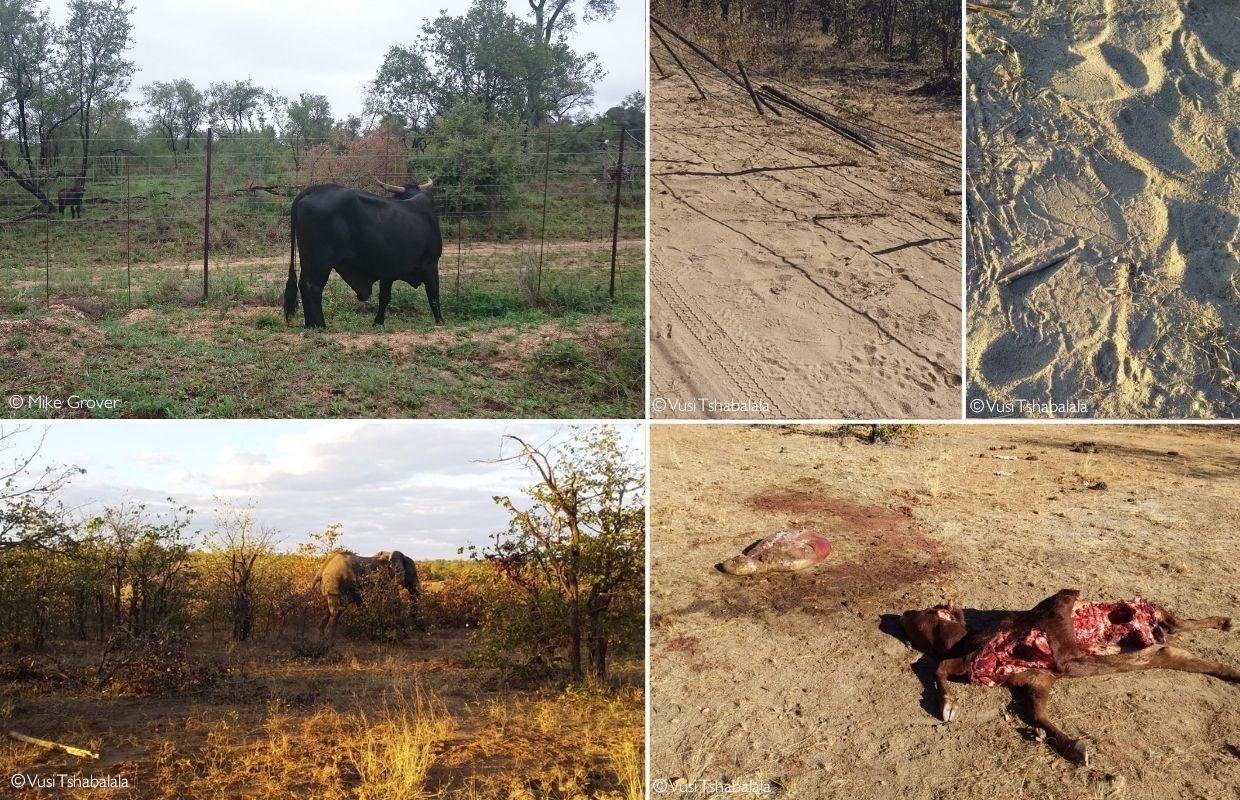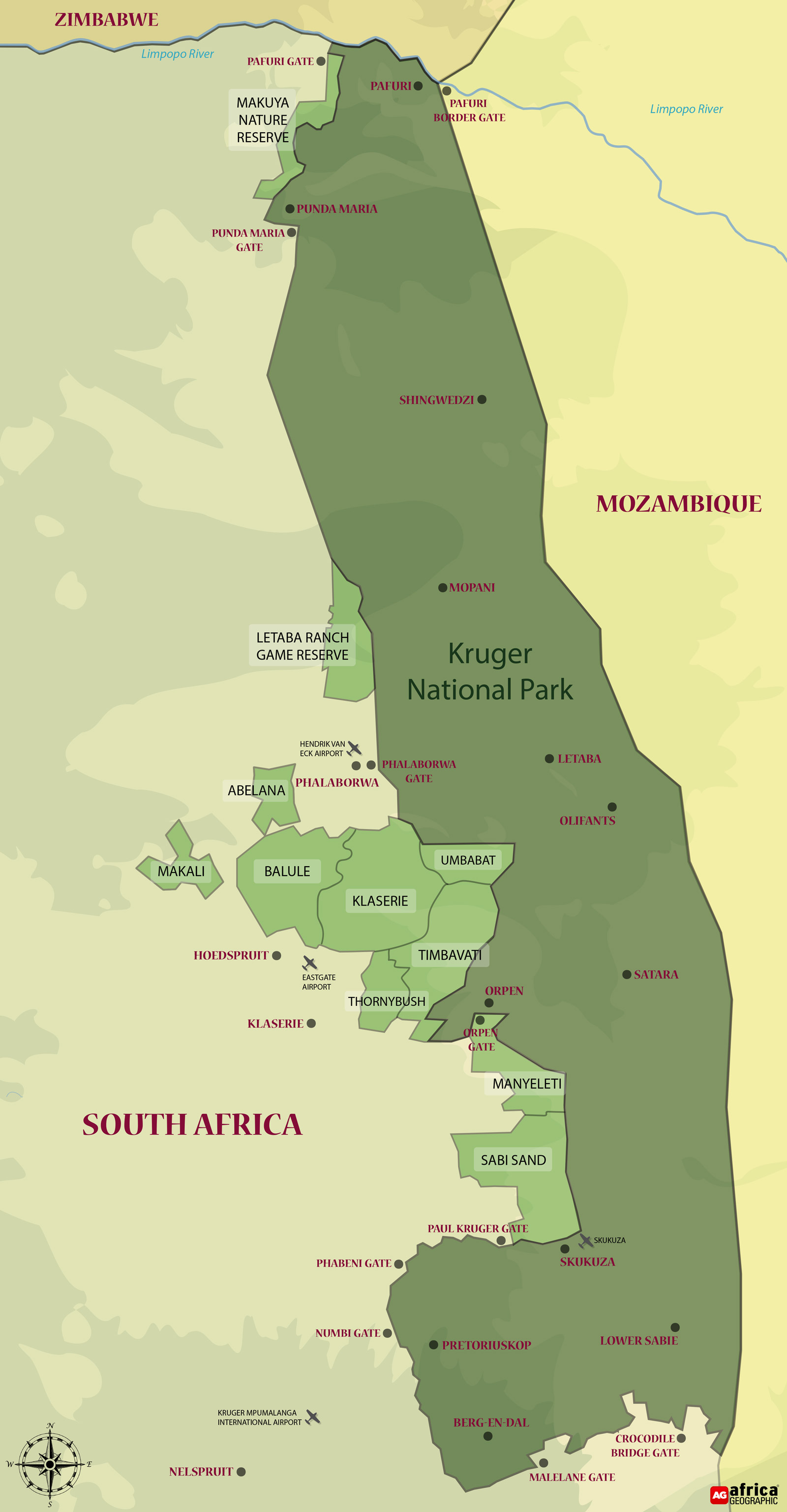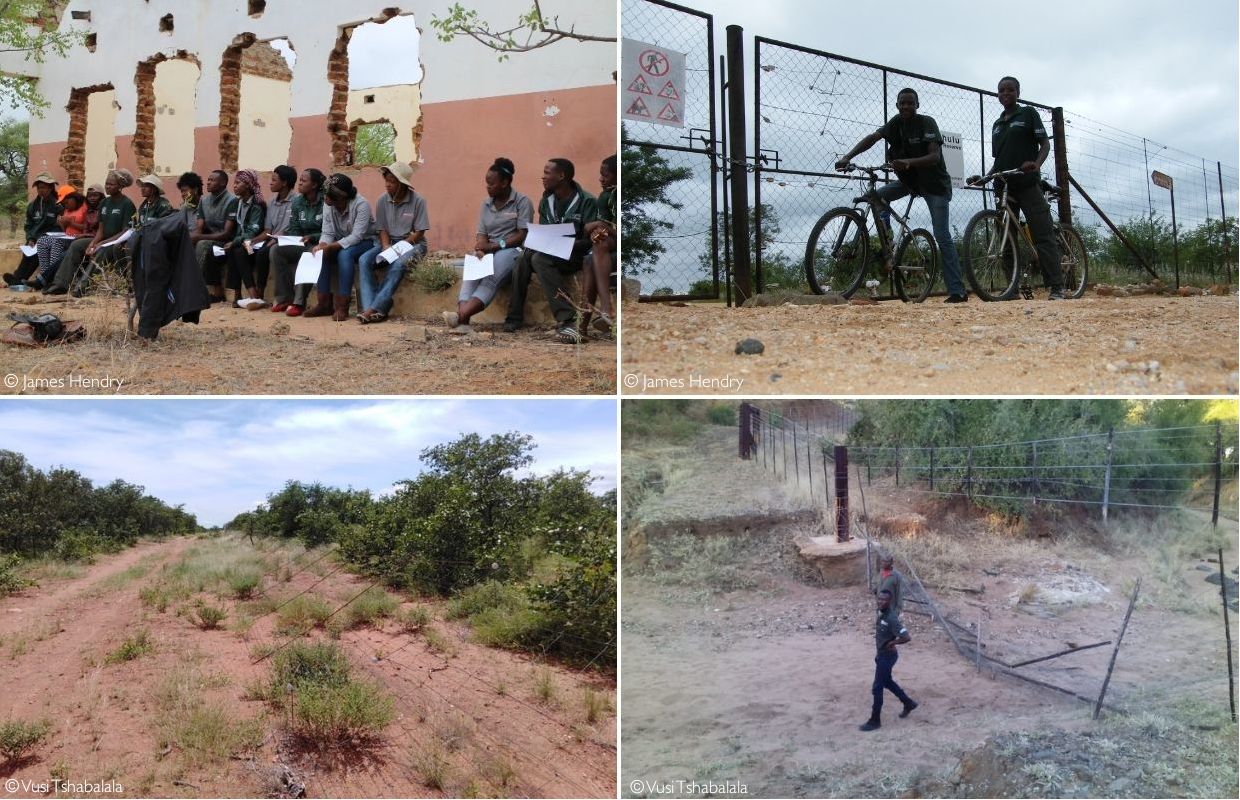
A cure while searching for prevention
On the 12th of February 2021, we posted a story on the circumstances surrounding the death of a famous leopard Hukumuri. Many people asked what they might do to help all concerned (animal and human). This article attempts to explain the complex issues around compensation for damage caused by wild animals.
An outpouring of emotion
The death of Hukumuri unleashed a wave of emotion: outrage, sadness, helplessness, fear.
There was also an outpouring of reasoned compassion. Sympathy extended to Hukumuri, to African people living in close proximity to potentially dangerous animals and to Ms Mathonsi who, to remind you, has seven children and lost two pigs, two goats and a dog to Hukumuri. Some wanted to know how they might help to stop this sort of thing from happening again. Many expressed an earnest desire to give money to Ms Mathonsi in order that she might replace her herd.
I wish we could simply have posted her PayPal account on social media, and told those generous souls to have at it. Ms Mathonsi would no-doubt have replaced her herd many, many times over. Unfortunately, it simply ain’t that simple – in 2021 it should be, but it ain’t.
Firstly, Mrs Mathonsi has never heard of PayPal. She might have a bank account but will have no digital access to her bank because of a combination of ridiculous data costs, poor education, and physical separation from an actual bank. Secondly, Ms Mathonsi is not the only one who lost livestock to leopards in the recent past – perhaps to Hukumuri, perhaps to others, no-one really knows. Thirdly, Ms Mathonsi lives in a village awash with cultural complexities that I’m not going to vaguely attempt to delve into save to say that were she suddenly to receive a windfall, she’d immediately become a target.
So what can those kind souls who want to help do?
Well, I think the best thing we can do is explain how compensation for wild animals is effected on the western borders of the greater Kruger National Park, and then provide a few guidelines.
Compensation pros and cons
In this case, compensation means a cash (or kind) payment for a loss incurred to a Damage-Causing Animal (DCA) that has escaped from a reserve. It must be remembered that compensation is just one part of a very complex set of interventions used to mitigate human-wildlife conflict (HWC). It is a deeply emotive and powerful intervention however.
A look at the literature around financial compensation for incidents involving wild animals indicates mixed effectiveness in Africa and beyond. In summary, if managed correctly with effective reporting, adequate resources, a proper legal framework and long-term commitment, compensation has a positive impact on conservation. That said, if reporting is open to abuse and there is no legal framework then compensation can result in people encouraging DCA incidents or inventing them – nothing earth-shattering there [1] [2] [3]. A little more earth-shattering are reports of incidents where people will specifically cut fences and chase elephants out, claiming that they are DCAs so that the animals will be shot and the meat can be consumed.

The greater Kruger boundary
The border of the greater Kruger National Park in South Africa is more than 700 kms long. There are in excess of two million people living in rural villages living along the borders. There are many more in the region but not all live close enough to the park for DCAs to be an issue. It is important to understand that the KNP in South Africa is fenced along the entire border – this is unusual in Africa. The fence provides a hard boundary and often there is no buffer zone separating people from the fence.
The people living in these villages are poor. Villagers survive on a combination of government grants (for the elderly, unemployed mothers, the indigent and the disabled), livestock, gardening or small-scale farming. Unemployment is above 70% in many areas.
Most villages have electricity but few residents can afford it. Potable water is normally collected from communal taps which frequently run dry. Medical care is appalling and often far away. Schooling, provided by the government, ranks somewhere near the bottom of the world in various measures[4].
The purpose of this rather detailed socio-economic description is to illustrate how utterly devastating it can be when a wild animal comes out of the park and kills livestock or destroys crops – when your livelihood and those of your children is tied up with your little maize crop, your herd of goats or your cattle.

Who gives what to whom?
Although a number of reserves and lodges do not offer direct compensation for incidents involving DCAs, they do provide support for a number of community projects (water provision, education bursaries, game drives for local children, farming, medical etc.). The effectiveness and proportional generosity of these interventions form the basis for countless PhDs, endless conferences and reams of politically-charged commentary. Support of this nature comes from the lodges themselves and not the reserves they are on.
With all this in mind, we wanted to find out about the compensation policies of SANParks (operators and custodians of the Kruger National Park), the private reserves on the western boundary, and the state-operated Manyeleti Game Reserve.
By law, when an animal escapes from the greater Kruger, it becomes a problem for the province in question. In the Kruger that is either the MTPA (Mpumalanga Tourism and Parks Authority) or LEDET (Limpopo Economic Development Environment and Tourism). One of these authorities has to decide what to do with escaped animals and whether or not they are declared DCAs. So when an elephant, for example, breaks out of the Kruger, it becomes the responsibility of the province – not SANParks – although often SANParks will be brought in to help with the situation because the provincial authorities cannot deal with the situation for financial or logistical reasons.

South African National Parks (SANParks)
SANParks – Kruger National Park is responsible for the longest length of boundary bordered by rural villages. They have a compensation plan that, in broad strokes, does the following:
- When claims can be verified compensation is given for livestock killed by escaped lions, spotted hyenas, cheetah and wild dog.
- Livestock killed by leopards is generally not compensated for, as these cats are free-ranging and found outside of reserves.
- No compensation is given for crop destruction due to the difficulty in verifying such incidents.
Each incident and request for compensation must be investigated by the relevant conservation agency official (provincial or SANParks). Photographic evidence and other forms of information must form part of the submitted claims.
Compensation can be difficult to do effectively. It is complicated and requires on-going discussion and engagement both inside and outside of the organisation. However, livestock compensation next to Kruger is necessary, has born positive results and will continue to do so as it adapts through the various lessons learnt.
To summarise what a highly experienced conservationist once said to me: if you are going to treat animals as assets, then the custodians or owners of those assets must take responsibility for them. If your asset causes damage, then you have a moral duty to try to reduce the impact felt by the person in whatever way you can. This creates goodwill. Without goodwill, your asset simply becomes a hindrance to the person’s livelihood and when that happens, people may take matters into their own hands.
The financial cost of the compensation is most likely relatively low compared to the benefits. Especially when considering that only a relatively small fraction of people actually own cattle, and have likely been affected by predators directly and would need compensation. In contrast, many more people express a perceived fear of stock loss or danger from wild animals. So addressing the impact through actions such as compensation can go a long way in influencing perceptions at a broader scale.
Sabi Sands Game Reserve
There is no compensation given for human-wildlife conflict. The Sabi Sands defers to the MTPA for all incidents involving DCAs. That said, the Sabi Sands will fund helicopter and capture operations if their fence is breached provided such operations are deemed viable and appropriate.
Timbavati Private Nature Reserve
No compensation plan – deferral to the MTPA or LEDET depending on where a DCA animal escapes.
Balule Game Reserve
There are no rural communities that live near the Balule fence. The reserve does not have any specific compensation policies in place for DCA incidents. Since the surge in rhino poaching, the boundaries are monitored constantly – at least twice a day on foot, continually with digital alarm and camera systems. Any breach of the fence by human or animal is immediately acted upon which lessens the chance of predators escaping. This is more or less the case for the Sabi Sands, Timbavati and Klaserie.
Manyeleti Game Reserve
The Manyeleti defers to their land custodians, the MTPA. They do not pay compensation or make any decisions on DCA incidents.
Thornybush Private Game Reserve
Thornybush has no specific compensation plan for DCAs. That said, ad hoc compensation claims are assessed on an incident by incident basis.
Klaserie Private Nature Reserve
The Klaserie does not have a compensation plan because, as an official told me, they do not have villages directly on their borders.
Abelana Game Reserve
Abelana (the business) does not have a specific compensation policy. That said, the landowner is the community on the eastern border of the reserve. Relations with the community are of the utmost importance to the well-being of the business. Because of this priority, the eastern fence line is patrolled almost permanently and repaired continuously. To date, Abelana has not had any DCA incidents. They will, however, treat any DCA claims on an ad hoc basis and consider compensation.
Makalali Game Reserve
Makalali, does not have any villages on the borders and therefore does not have a compensation scheme. There is a big buffer zone between Makalali and the nearest village. They do however have insurance that should cover them in the event of an animal causing damage in a village or on the main road. In instances where elephants have broken out and caused damage to the fences of neighbouring properties, the reserve has reimbursed the owners and reclaimed this from their insurance.
They do have breakouts of animals from time to time because, as the warden admitted, it is very difficult to maintain 90kms of fence in permanent, perfect condition. None of these breaches of the fence has resulted in a DCA incident.
The provincial authorities
The MTPA, through their spokesman, told me emphatically that ‘…the MTPA doesn’t pay community members who lost livestock due to wildlife.’ That said, there is anecdotal evidence that ad hoc compensation has been paid from time to time. It is possible that the MTPA does not want a flood of compensation claims and therefore does not have an official policy for compensation but this is a guess.
I made multiple attempts to contact LEDET and was promised some information but none was forthcoming. Going on hearsay from people intimately involved with HWC issues, it would seem that LEDET does not pay compensation.

Ye olde adage – prevention is better than cure.
It would seem that compensation is a cure or medicine required for as long as the ‘sickness’ that are DCA incidents occur. The better we become at preventing DCA incidents, the less this cure will be required. Until then, compensation – well managed, funded and equitable – has shown some positive results, not only in improving relations between people and parks but also helping reserve authorities to identify hotspots where fences are regularly breached. These areas are monitored and this has reduced DCA incidents in hotspots on the western boundary of the greater Kruger.
I spoke with Mike Grover of Conservation South Africa and Vusi Tshabalala of Kruger to Canyons Biosphere (K2C), both of whom are dedicated to making the confluence of people and parks amicable, equitable and mutually beneficial.
One of the programmes that K2C facilitates, involves employing a number of environmental monitors from 74 communities on the western boundary. A pilot project in five villages, sees the environmental monitors deployed specifically to assist with human-wildlife conflict. Their role is to educate community members, identify problems through patrols and tracking, and then facilitate communication with the right authorities when an issue is identified.
Further afield, in the Mozambican part of the Great Limpopo Transfrontier Park, a specialised herding scheme allows for community members to graze their cattle in the reserve. The scheme, using specialised bomas and highly-trained herdsmen has reduced cattle losses to predators from 22 animals a month to zero – and this is INSIDE the Transfrontier Conservation Area!
It is initiatives like this that will ultimately provide the prevention and negate the need for the difficult-to-administer cure that is compensation.
So how can you help?
Your best bet is find an NGO (not for profit), research what they do, and contribute to their work trying to mitigate human wildlife conflict – arguably Africa’s greatest conservation challenge. There are some highly experienced, specialised and knowledgeable people with decades of experience in this space and they need support. In many cases they are having measurable success in making sure that tragedies like the death of Hukumuri, become less and less frequent.
Also, of course, you can travel responsibly. Research the lodges and reserves you visit. Make sure that their initiatives align with efforts to reduce human-wildlife conflict.![]()
[1] Maclennan, S. D. et al. 2009. Evaluation of a compensation scheme to bring about pastoralist tolerance of lions. Biological Conservation.
[2] fao.org/3/ap537e/ap537e.pdf
[3] Bauer, H. et al. 2015. Financial compensation for damage to livestock by lions Panthera leo on community rangelands in Kenya. Oryx, volume 51, issue 1.
[4]https://www.businessinsider.co.za/heres-how-sa-pupils-maths-and-science-skills-compare-to-the-rest-of-the-world-2020-12
To comment on this story: Login (or sign up) to our app here - it's a troll-free safe place 🙂.![]()






